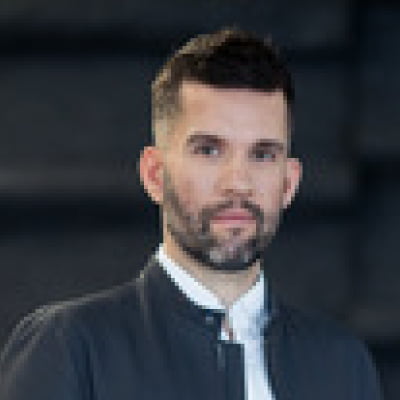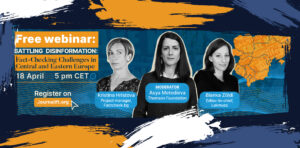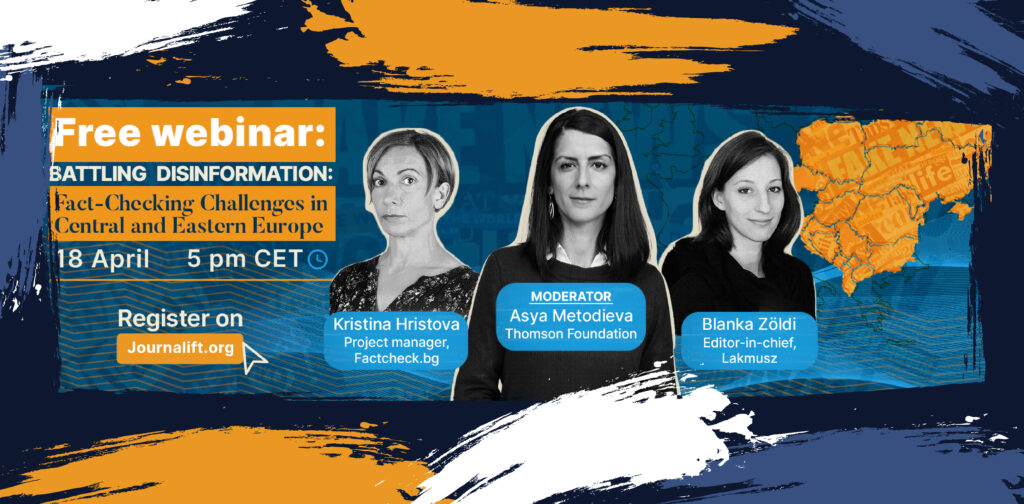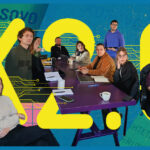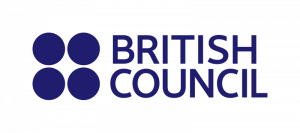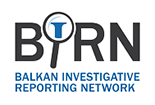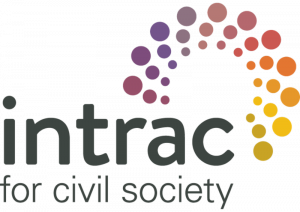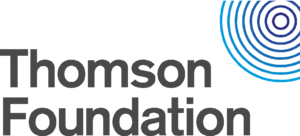Until recently, grants for media outlets operating in the Western Balkans, the broader CEE region and the European Union were mostly aimed at directly supporting the production of content. Now, the purpose of these grants has shifted from the direct funding of (news) production to accelerating the development of long-term strategic solutions and the creation of self-sustaining business models.
In our region, strategy is all too often synonymous with power holders funneling public funds into private hands under the false pretence of searching for a long-term strategic solution while producing no concrete strategic outputs. Thus, the question arises whether this repurposing of grants is in fact the right approach? Moreover, is such a repurposing still viable in a time when AI claims that it can perform an increasing number of creative tasks instead of us? The answer is yes – now is the ideal time for a strategic shift in our state of mind.
Survival of the fittest: Navigating the rapid changes in the media landscape
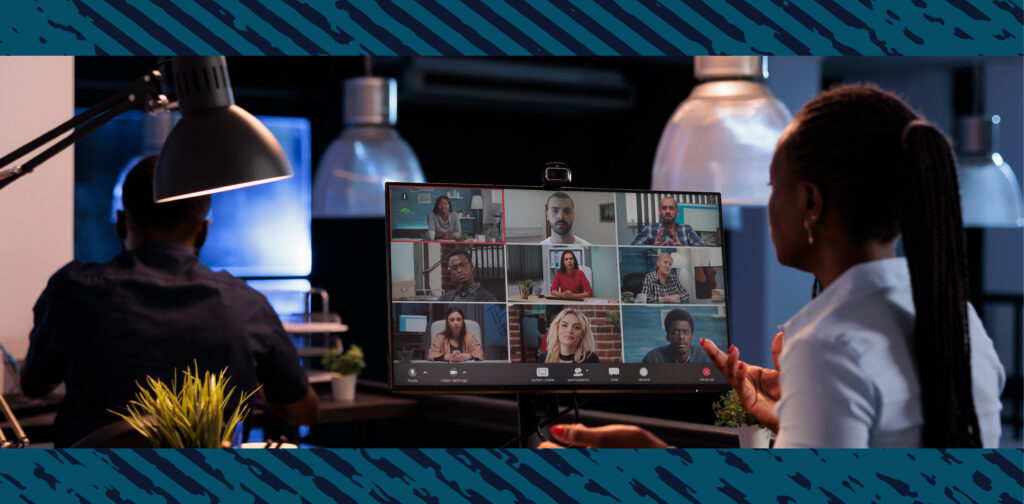
Before we dive into the fundamentals of strategy development, we must first begin to understand the strategic challenges faced by media outlets throughout the region. After all, knowing your own environment or industry is the first and most important step on the journey of strategic change. And what better way to explain these challenges than by asking ChatGPT to do it for us:
- Diversifying revenue streams: Media outlets should explore new revenue streams beyond traditional advertising. This could include sponsored content, events, or even crowdfunding.
- Building communities: Media outlets should engage with their audiences on social media and other platforms. This could involve hosting events or webinars, creating a space for readers to share their opinions, or even offering memberships or subscriptions.
- Investing in quality journalism: Media outlets should maintain high standards of journalistic integrity, including fact-checking, source verification, and unbiased reporting. This can help build trust with readers and establish the outlet as a reliable source of information.
- Embracing technology: Media outlets should stay up-to-date with the latest technology, including social media, mobile apps, and podcasting. This can help reach new audiences and engage readers in new ways.
- Collaborating: Media outlets should consider partnering with other outlets or journalists in the region. This could involve collaborating on investigative projects, sharing resources, or even pooling advertising revenue.
- Advocating for press freedom: Media outlets should advocate for press freedom and fight against political pressure or censorship. This can help build trust with readers and establish the outlet as an independent voice in the region.
We could say with near certainty that AI borrowed these claims from in-depth articles published after the completion of the Thomson Foundation’s projects in the past few years, as well as similar programmes aimed at promoting the development of media outlets. Why? Because they are totally on-point, even though, at first glance, some of them might look like clichés.
By the way, dismissing point No. 4 is a huge mistake – we recommend that you integrate AI into your processes as soon as possible. At this point, AI cannot take care of point No. 3 or any other point completely on its own. However, it can save you time by performing certain easy or mundane tasks, allowing you to narrow down your focus on quality journalism and other “urgent” matters that will set a clear foundation for your strategy. But not to rush things… Let us take a step back and start at the beginning.
The new reality: Strategies are not religious texts with indefinite validity

In our fast-paced world where a new tool is released weekly to help us perform tasks that we considered impossible to automate one year ago, strategies are no longer what they used to be. This is why documents outlining strategies are now brief, to-the-point and – what is most important – only outline our plans for the next couple of years. In fact, strategies now look much like a system of sections and categories in a media portal.
Upon joining a newsroom, each rookie receives onboarding in the form of a lecture or written instructions. This onboarding is vital as it explains how things work in the respective newsroom and what they should equip their stories with. Similarly, a strategy is a set of rules that keeps reminding the existing team to stick to the path set, and helps newcomers adopt this direction in as little time as possible.
The thing is that all proper newsrooms are already fully equipped for adopting a strategic mindset.
Their modus operandi, ability to assess the relevance of stories, as well as fact-checking and analytical skills are excellent starting points for defining the strategic directions for revamping their business models.
Just think about the following:
- When was the last time your newsroom discussed how the protagonist of your breaking news has no vision whatsoever? Or how they make decisions without any concrete basis and in line with their current (personal) interests?
- Have you ever discussed how bloody unnecessary all these (questionable) “missions” your politicians are involved in are? Instead of spending time on their suspicious political agenda, should they not be setting an example with a clear vision that will push your local environment in the right direction?
- When was the last time any of your stories revolved around values? Has your news ever explored how the values of our world and society are all messed up?
- Have you ever used any of the following words in your everyday work: strength, weakness, opportunity, and threat?
If you ask yourself and your newsroom team the above questions and write down the answers, you will get a basic strategic framework for your operation written down on paper. Yes, that’s how easy starting to work on your strategy really is. And trust us when we say that strategy does not have to be a typical iceberg – the part still hiding under the surface is not necessarily bigger than the part we have revealed so far.
“How can we tackle strategy when we don’t even know who we work for or who our audience is!”

This is a great starting point for a strategic breakthrough! In this time of fast changes and seemingly impossible challenges, many media outlets are asking themselves who they are producing their news for. In the last three years of working as consultants for the Thomson Foundation, we often encountered the following claims:
- All we need to keep doing what we do best is some financial support.
- We do not even know if what we are doing is right or wrong anymore. Nor do we know who reads, watches or listens to our news. Therefore, we will keep shooting with a blindfold on, hoping we hit our target eventually.
- We know that we will eventually lose the donations we receive, but we still have some time left. Therefore, we will make use of the support we still have and find ways to unlock new revenue streams when we really have to.
All the above statements are real claims. And considering the difficult circumstances, they are all largely understandable. But they also represent a great starting point for media outlets to devise their strategic framework. Just think about the following considerations:
- What if what you are doing best can be done even better? Differently? More strategically? What if you could increase your revenue by some EUR 1,000 monthly solely from YouTube by making minimal changes in the organisation and culture of your team? Or from sponsors who like your brand but have not yet managed to really connect with it thus far?
- What if you keep shooting with a blindfold on, while at the same time trying to keep your focus, developing well-thought-out formats, publishing diversified content across different digital channels and defining your demographic groups? In a mere couple of months, such “shooting with a blindfold on” – when coupled with two-way communication with your audience – can lead to the formation of a loyal community and an increase in your organic reach by more than 100 percent.
- What if you keep making use of donorships, while at the same time marketing your excess production capacities in other industries? In one year’s time, you can increase your revenue by 10, 20, or 30 percent. This will allow you not only to maintain and support your quality journalism but also to increase your added value, improve the standard of your employees, and invest in development.
Bear in mind that this is not some made-up mumbo jumbo. These are all real cases that we have experienced in the last couple of years when working with media outlets in the region. And all it took to achieve these results was some strategic planning.
Strategy is not turning things upside down, but rather placing thousands of ideas and welcome detours along one single path

In the past couple of years, have you considered setting up a new website, developing your own mobile application, launching an advertising campaign on the importance of your work, expanding your marketing department, creating a TikTok profile, offering your production services to legal entities in the region, starting a weekly podcast, or producing a creative newsletter?
Believe it or not, you can join all the above on one single path – under one common denominator. Why? Because you are doing it for your readers, listeners and viewers. But if you keep seeing them as merely your audience, the above solutions may become confusing, partial and, above all, ineffective.
By promoting your audience to a community, the above goals will form a meaningful timeline on their own.
The main point here is to talk to this community openly, constantly and efficiently. And, believe it or not, this community will root for you. The more you build it, the more it will give back to you. Be it in the form of donations, help with overcoming a potential technological challenge, ideas for (better) content, or artwork for merchandise that you are launching for your anniversary.
And, in case you are asking yourself – yes, these too are all real-world stories!
Disclaimer: In the last few years, Jernej Verbič has been a consultant for the Thomson Foundation. He has worked with the following media outlets: Njuz.net from Serbia, Vidi Vaka from North Macedonia, TV Tema from Kosovo, as well as Parameter and Tyžden from Slovakia. He has also worked and still works as a consultant to six other media outlets in the region. In the article, he intentionally does not reveal which media outlet he is referring to in order to underline that strategic thinking is important regardless of the size, type, and genre of the media outlet.

